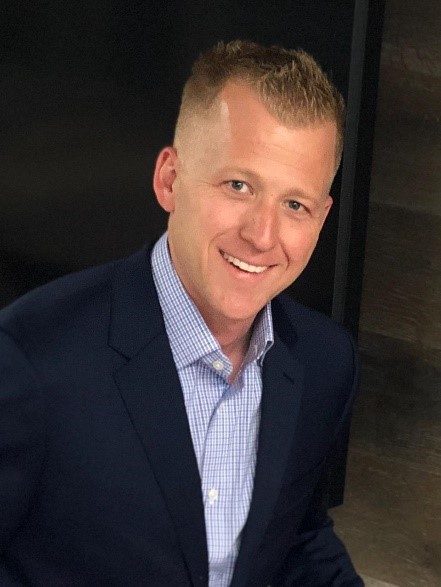The design optimization capability of additive manufacturing can dramatically boost the efficiency of carbon capture technologies.
Now that we are more than two decades into the current century, the importance of combatting climate change is accelerating. Carbon neutral is not enough. Carbon negative infrastructure is required to solve the problem. It has become apparent that one of the most efficient, effective, scalable methods to help lower emissions is the use of direct air capture (DAC).
Direct Air Capture is a technology that enables the separation of CO2 from air to create the products the economy needs - such as agricultural products, building materials, fuels, plastics, chemicals, and also for sequestration. With DAC coupled to utilization and storage (“DACUS”), atmospheric carbon moves from a threat to a major economic opportunity.
Removing carbon from the atmosphere requires filters, heat exchangers, condensers, gas separators, and compressors. Many of these complex parts require geometries that are well-suited to production with additive manufacturing, which can be done more efficiently and cost-effectively than using traditional fabrication methods. Additive manufacturing enables freedom of design to express the novel architecture required to efficiently capture and process carbon from the atmosphere and do something useful with it. The design optimization capability of additive manufacturing toward these carbon capture and utilization systems can dramatically boost the efficiency of these technologies.
Our experts will discuss:
- The benefits of using additive manufacturing to increase the performance and economic benefits in DAC equipment
- Additive manufacturing applications within DAC equipment
- How to successfully integrate additive manufacturing
About our Expert
 Scott Green
Scott Green
Principal Solutions Leader, 3D Systems
Scott Green is Principal Solutions Leader at 3D Systems focused on helping manufacturers redefine their processes through the integration of additive manufacturing. He joined the company in 2012 and has held leadership roles in both sales and product management. Scott holds a Bachelor of Science in Electrical Engineering from the University of Maryland, and has studied Bioengineering at Stanford University.